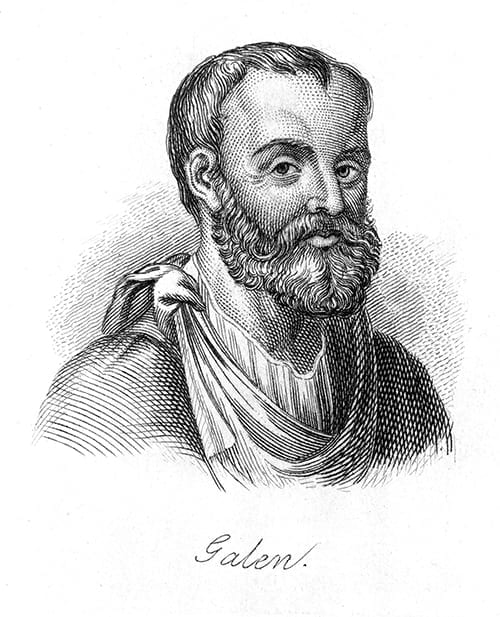
Galen, a second-century Greek physician and philosopher, rose from gladiators’ physician in Asia Minor to court physician in the Rome of Marcus Aurelius. He is considered the most important physician of the ancient world after Hippocrates.
Galen had an inquiring mind and was anxious to form his own independent judgments. His knowledge extended from theory to practice. Much of our information on earlier medicine derives from his reports alone, as he absorbed into his work nearly all preceding medical thought. His work covers every aspect of human health and forms the basis for subsequent interpretations down to the 20th century. His major enterprise to create a logic of scientific demonstration went beyond Aristotle and the Stoics in both the range and precision of its arguments. (cf. Oxford Classical Dictionary)
The Galen Institute has chosen to name itself after this philosopher/physician because we believe our ideas are also integrative, structural, and enduring.
The New York Times featured an article about Galen and the oldest known copy of his “On the Mixtures and Powers of Simple Drugs.”
The Galen Logo
The Galen Institute logo is a conceptual depiction of a central problem in the health sector that affects Americans under age 65 without health coverage. The horizontal axis above represents a given individual’s income. The vertical axis represents the likelihood that individual is eligible for health coverage and the value of taxpayer subsidies for the coverage.
People on the left side of the scale with the very lowest incomes are most likely to qualify for taxpayer-supported health programs, especially Medicaid, the Children’s Health Insurance Program, or the Affordable Care Act.
As an individual moves up the income scale, the likelihood of qualifying for these government health programs declines. Those on the right side of the scale with higher incomes are much more likely to have job-based health coverage, which is generously subsidized through the tax code.
At least 28 million Americans who don’t qualify for either public programs or employer-provided health insurance still are likely to be uninsured and are caught in the trough, which we call the Galen Gap. They earn too much to qualify for public programs, often can’t afford their premiums and deductibles under the Affordable Care Act, and don’t have the good jobs that provide health insurance as a tax-preferred benefit.
It is those who fall into the Galen Gap to whom the efforts of the Galen Institute are dedicated. We believe that many more people would have access to medical services and affordable health insurance if these inequities were addressed. Our policy proposal, Health Care Choices 20/20, explains how.
